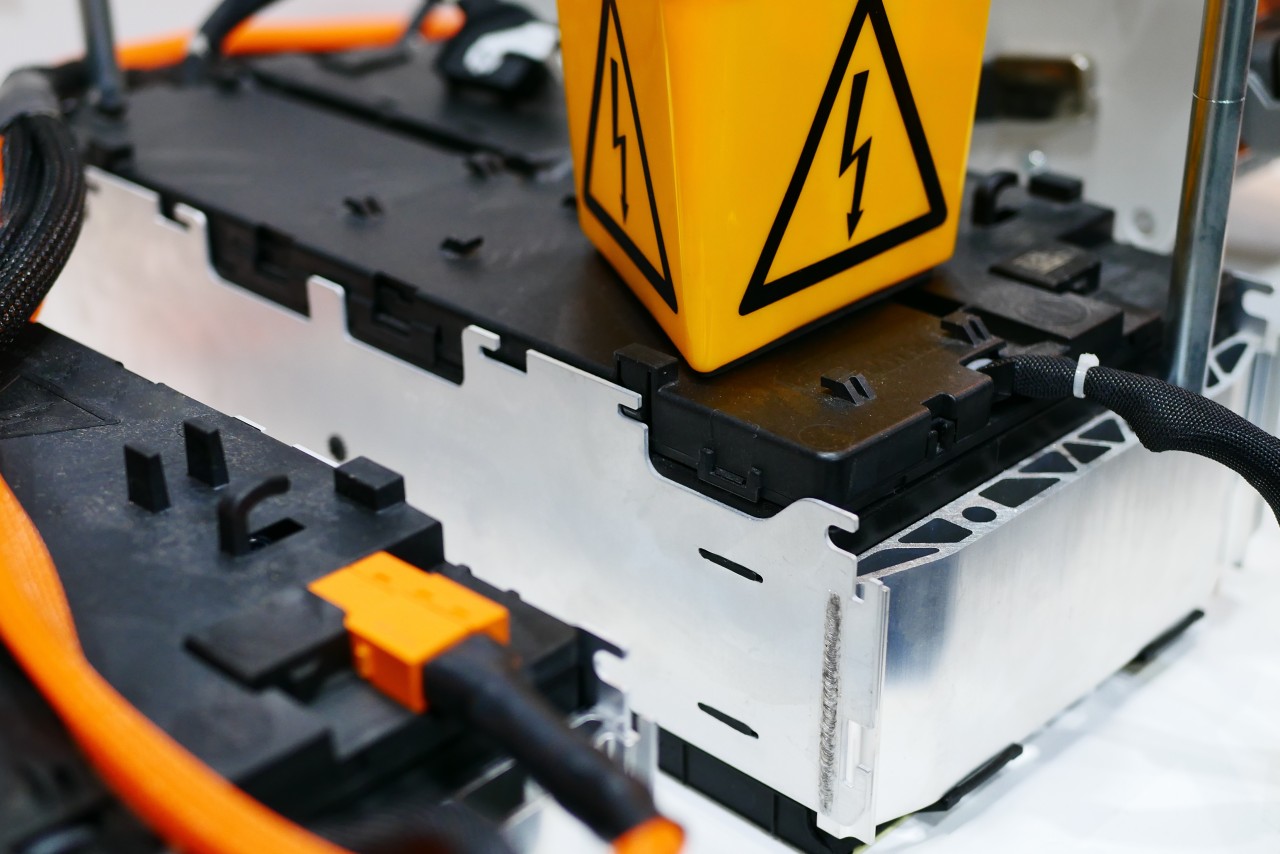
Simulation of the temperature distribution in a commercial Li-ion battery module
A performant and non-destructive Characterization and Modeling Process
Modeling the effects of thermal cell-to-cell variations within a so-called digital twin running in parallel to the physical battery system offers various advantages, especially for large-scale and investment-intensive automotive, marine or stationary systems. In this context, FEM/CFD approaches as well as thermal equivalent circuit models represent the current state of the art in calculating the temperature distribution. However, due to their demanding parameterization and high computational effort, those existing approaches are rarely applied to complex systems consisting of thousands of cells as common in the named applications.
This presentation therefore presents a novel model simplification approach for thermal equivalent circuit models, which allows the calculation of the average, minimum and maximum temperature of the system at a fraction of the computational cost of the full-scale model, which calculates cell-specific temperatures for every cell in the system.
The investigations are conducted within the EU-funded research project “Nautilus”, which investigates hybrid battery and fuel cell energy systems for next-generation cruise ships.
Read more details in the published article.